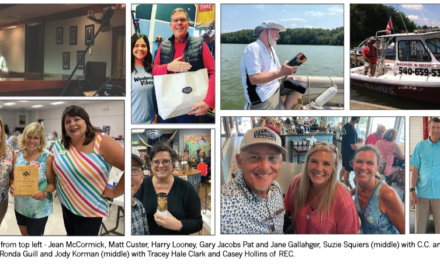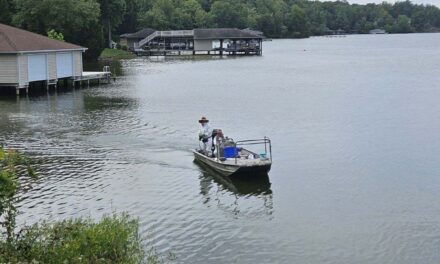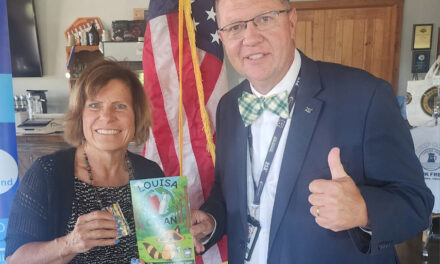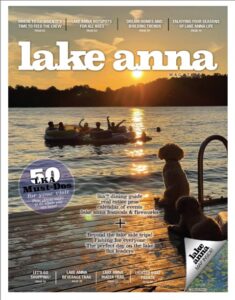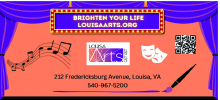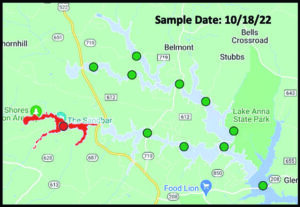
The continuing algae bloom problem on Lake Anna has now attracted the attention of a leading academic at Virginia Tech. Dr. David Schmale, a professor at Virginia Tech, is leading a grant proposal to the National Science Foundation (NSF) (submitted December 1, 2022) titled ‘SCC-IRG Track 1: A Smart Community at Lake Anna, VA: Stakeholder-Driven Research with Intelligent Technologies to Monitor, Predict, and Assess the Threat of a Harmful Algal Bloom.’ The project is for four years, with a budget of $2.5M.
The Lake Anna Civic Association has written a letter of support, as has the Lake Anna Advisory Committee, the Lake Anna Business Partnership (LABP) and other local businesses.
“What’s good for the lake is good for business. We need to take aggressive steps toward mitigation of harmful algae blooms as well as neutralization of the excessive nutrients causing the blooms. It is my hope that this study will lead to viable options we’ve lacked for years,” LABP President C.C. McCotter told Lake Anna Life & Times.
If a grant is awarded, Dr. Schmale will lead a transdisciplinary research effort that will instrument Lake Anna with intelligent technologies to monitor, predict, and assess the threat of the HAB.
These technologies include HAB-monitoring buoys, weather stations, and aerosol traps at four ‘smart nodes’ in the upper branches of the lake. Their transdisciplinary team of principal investigators (PIs) consists of an aerobiologist and environmental robotics expert (Dr. Schmale, Virginia Tech), a limnologist and aquatic sensing expert (Dr. Rose, Rensselaer Polytechnic Institute), a dynamical systems engineer and atmospheric transport expert (Dr. Ross, Virginia Tech), a sociologist and public participation in research expert (Dr. Kinchy, Rensselaer Polytechnic Institute), and a computer scientist and cybersecurity expert (Dr. Wu, University of Arizona).
Their integrated research consists of five thrusts: (1) instrument and monitor the HAB in Lake Anna with buoys, robots and weather stations, (2) understand sensor placement and transport of HAB cells and toxins, (3) improve HAB predictions using ultra-high-frequency sensing and depth optimization, (4) develop security and privacy protection in smart and connected lake communities, and (5) conduct social research to enhance public participation and equitable implementation. Each thrust is designed around three major unanswered research questions.
“I want to thank everyone for supporting this important effort focused on developing data to better understand, predict, and assess HABs at Lake Anna,” noted Harry Looney, Lake Anna Civic Association Water Quality Project Officer.


